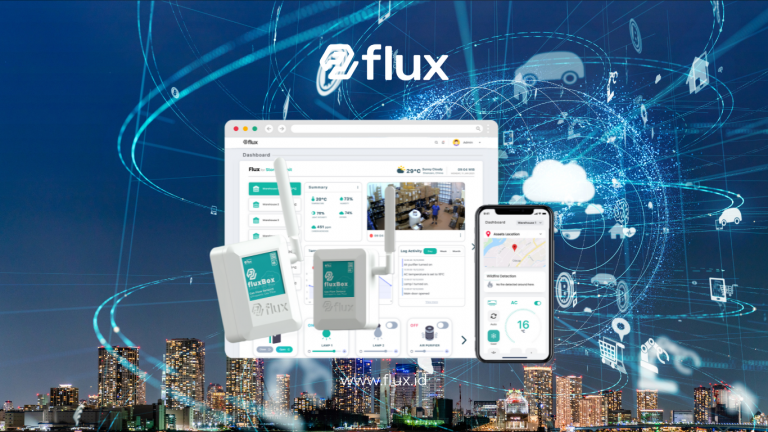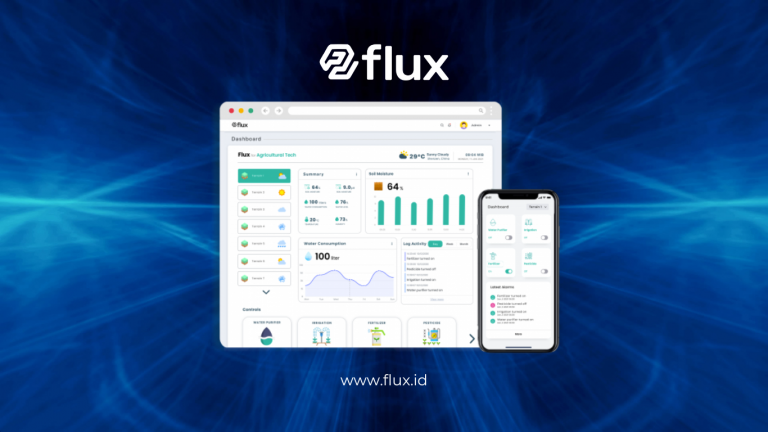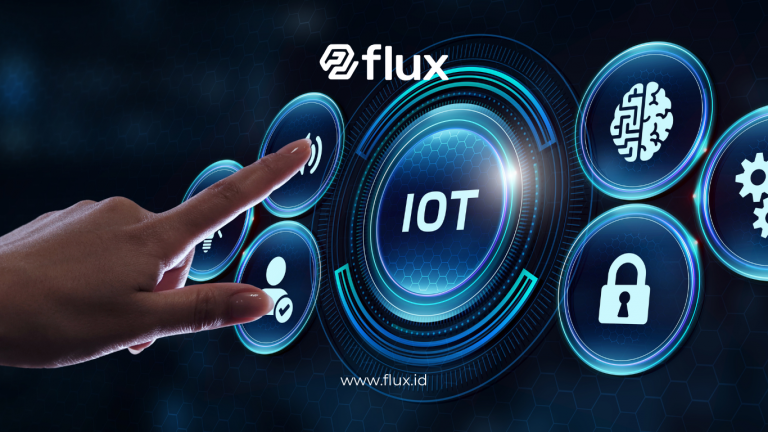Don't miss our holiday offer - 20% OFF!
Global climate change has increased the frequency and intensity of natural disasters, including strong winds. These phenomena not only threaten infrastructure but also human safety. To address these challenges, modern technology like the Internet of Things (IoT) emerges as an effective solution. IoT sensors provide real-time data that enables early detection and risk mitigation. This article discusses the role of IoT sensors in strong wind monitoring, the technology behind them, as well as the benefits and challenges of their implementation.
Contents
- 1 What is an IoT Sensor for Strong Wind Monitoring?
- 2 Technology Behind IoT Sensors for Strong Wind Monitoring
- 3 Benefits of Using IoT Sensors in Strong Wind Monitoring
- 4 Challenges in Implementing IoT Sensors for Strong Wind Monitoring
- 5 Case Study: Implementation of IoT Sensors in Wind-Prone Areas
- 6 How to Optimize the Use of IoT Sensors for Disaster Mitigation
- 7 Conclusion
What is an IoT Sensor for Strong Wind Monitoring?
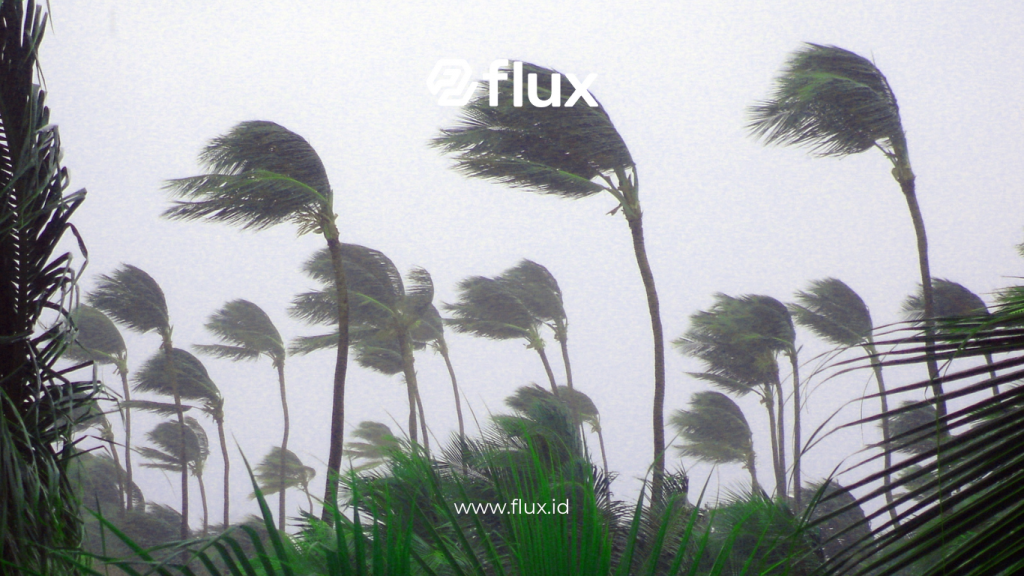
Read More: Demystifying Anemometer for Extreme Winds
An IoT sensor for strong wind monitoring is a smart device capable of detecting wind speed, direction, and movement patterns. These sensors connect to the internet, allowing real-time data collection and transmission to monitoring centers. The data then undergoes analysis using AI and machine learning algorithms to predict potential hazards.
Technology Behind IoT Sensors for Strong Wind Monitoring
1. Types of Sensors Used
Several types of sensors commonly used in strong wind monitoring include:
- Digital Anemometer: Measures wind speed.
- Ultrasonic Sensor: Utilizes sound waves to detect wind direction and speed.
- Atmospheric Pressure Sensor: Identifies changes in air pressure that may trigger strong winds.
2. IoT Communication Technology
IoT sensors connect to networks using communication protocols such as:
- LPWAN (Low Power Wide Area Network): Energy-efficient and suitable for remote areas.
- Wi-Fi and 5G: Used in urban areas with stable internet access.
- Satellite Communication: Useful in remote areas with no access to local networks.
3. Real-Time Data Processing
Data collected by sensors is sent to cloud-based systems. With the help of AI and machine learning, the system processes this data in real-time to generate early warnings. Predictive models support authorities in taking early mitigation actions.
Benefits of Using IoT Sensors in Strong Wind Monitoring
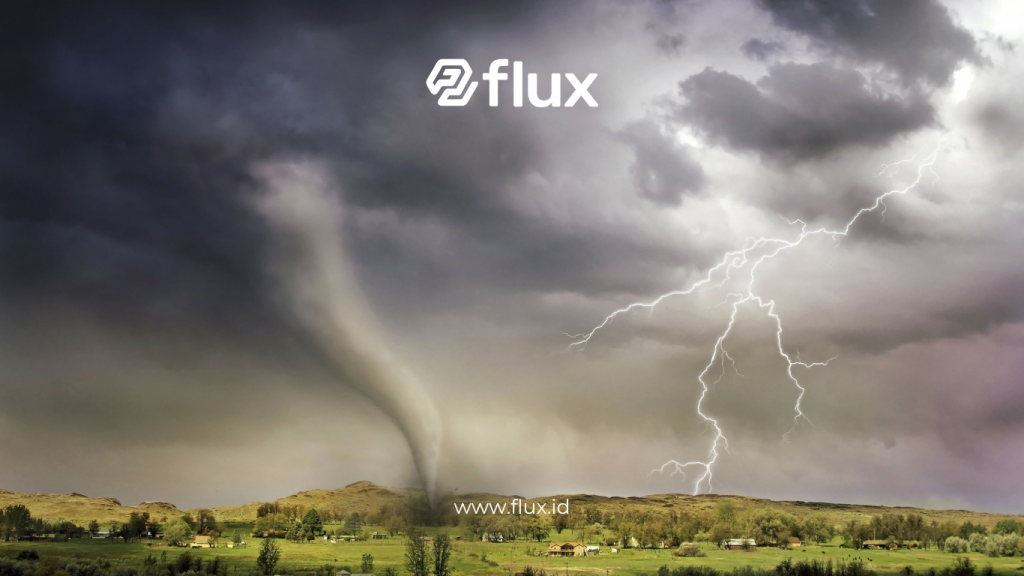
Read More: Overcoming Strong Winds on Infrastructure with IoT Sensors
1. Early Warning and Rapid Response
With real-time data, authorities can issue early warnings to communities. For example, evacuation can be initiated before strong winds reach the area.
2. Better Decision-Making
Data from sensors allows disaster management teams to make data-driven decisions. This approach facilitates more effective mitigation strategies.
3. Reduced Risk and Economic Losses
Early mitigation minimizes economic losses caused by infrastructure and property damage. Governments and insurance companies also reduce post-disaster compensation costs.
4. Support for Public Safety and Well-Being
Citizen safety improves as people receive alerts before disasters occur, providing enough time for evacuation to safer areas.
Challenges in Implementing IoT Sensors for Strong Wind Monitoring
1. High Implementation Costs
Installing IoT sensors and supporting infrastructure requires significant investment. Additionally, maintenance and data management costs must be considered.
2. Network Availability and Infrastructure
Remote or hard-to-reach areas often lack stable communication networks, which may prevent sensors from transmitting real-time data.
3. Data Security and Privacy Issues
Since IoT sensors connect to the internet, cybersecurity risks arise. Hackers can exploit vulnerabilities if the system lacks adequate protection.
4. Sensor Reliability in Extreme Conditions
Sensors deployed in the field often face extreme weather conditions. To ensure continuous operation, manufacturers must design devices to withstand harsh environments.
Case Study: Implementation of IoT Sensors in Wind-Prone Areas
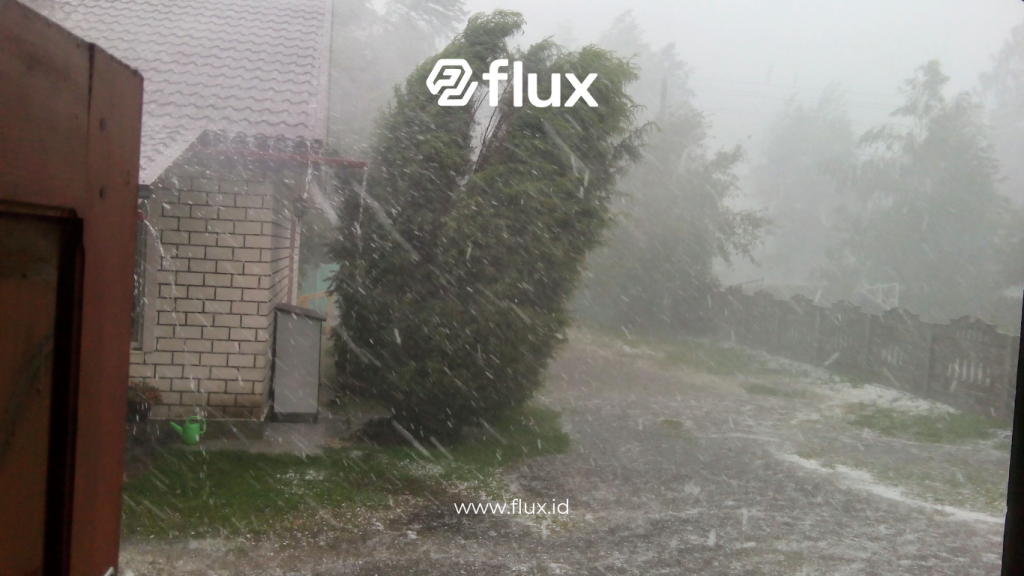
Read More: IoT Sensors for Disaster Safety: Tackling Wind Hazards with Modern Technology
Countries vulnerable to typhoons have adopted this technology. For instance, in Japan, IoT sensors are installed along coastal areas to detect changes in wind speed. The data from these sensors connects to the national disaster control center. Consequently, communities receive early warnings before typhoons reach their regions, enabling a more effective evacuation process.
How to Optimize the Use of IoT Sensors for Disaster Mitigation
- Collaboration with Government and Private Sector Governments can collaborate with IoT technology providers to accelerate sensor adoption and deployment in disaster-prone areas.
- Strengthening Network Infrastructure Using LPWAN, Wi-Fi, and 5G ensures that IoT sensors remain connected and transmit real-time data, even in remote areas.
- Enhancing Data Security Implementing robust security protocols, such as data encryption, user authentication, and firewalls, protects IoT sensors from cyberattacks.
- Developing More Accurate AI Algorithms Using AI and machine learning improves prediction accuracy, making early warnings more precise.
Conclusion
IoT sensors play a key role in strong wind monitoring and disaster mitigation. Through this technology, early detection and risk reduction become possible in real-time. Despite challenges related to costs, infrastructure, and data security, the benefits far outweigh them. IoT sensors enable governments and relevant agencies to issue early warnings, protect communities, and reduce economic losses. The future of disaster mitigation seems increasingly reliant on the advancement of IoT technology.



